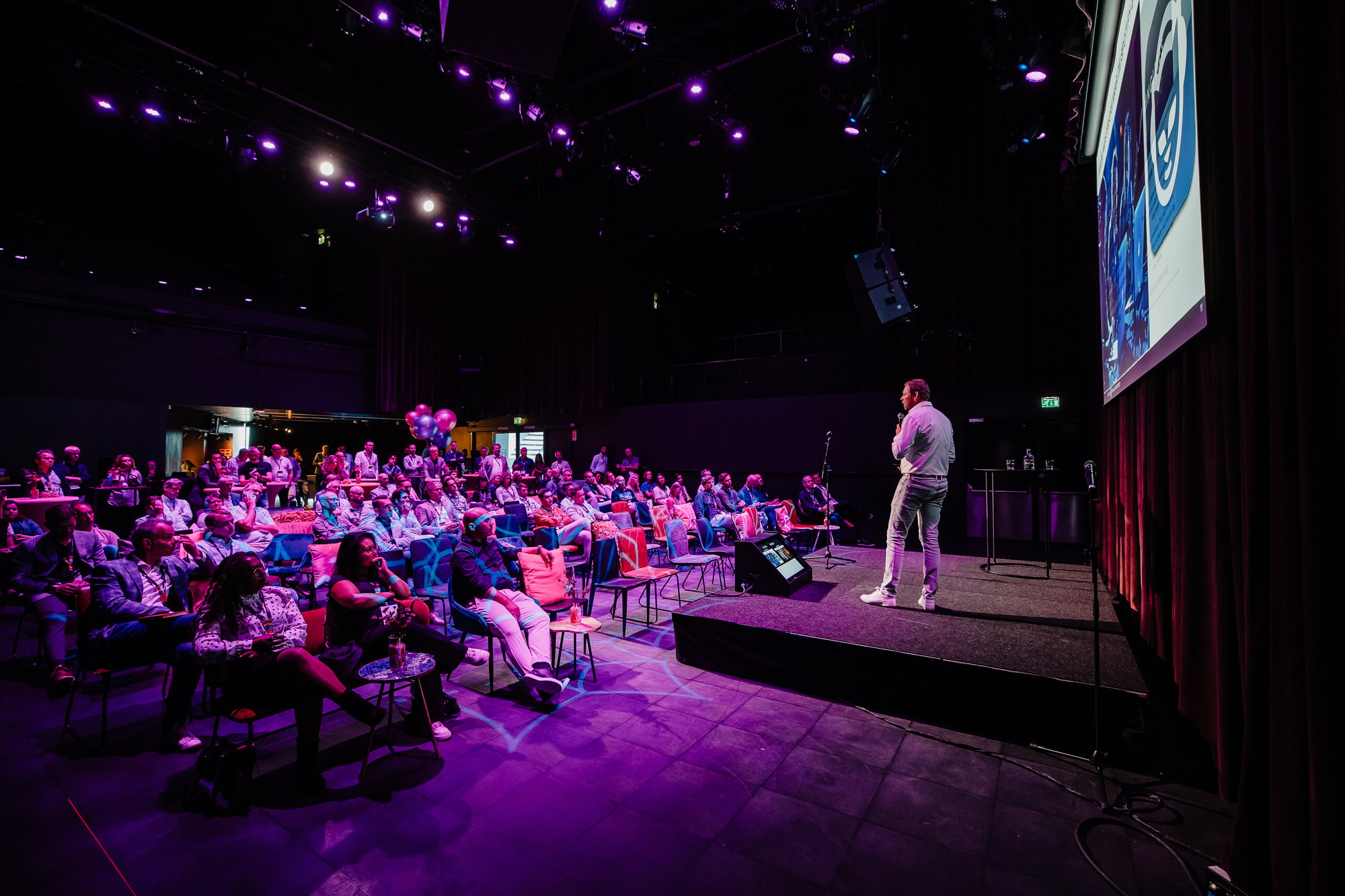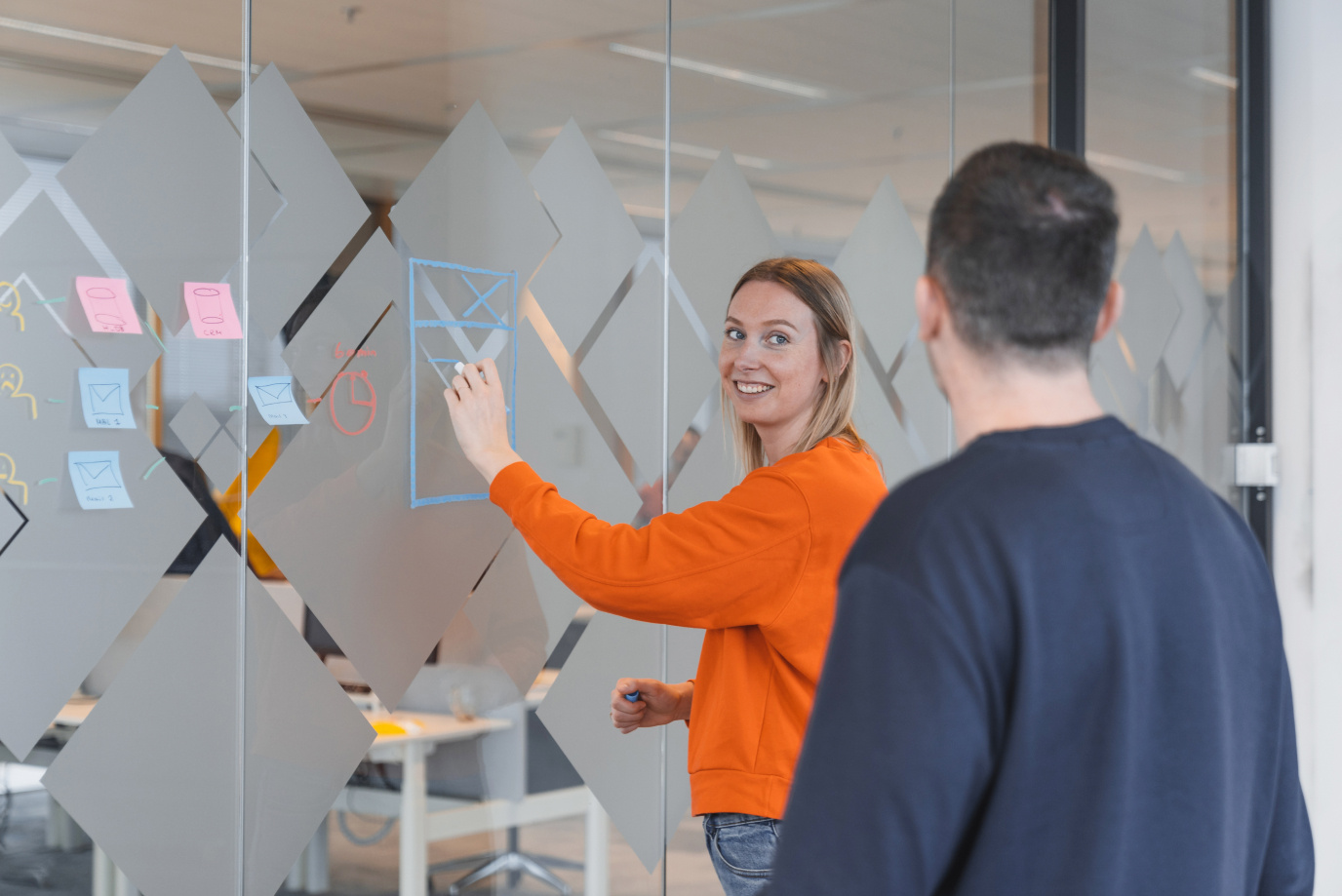AI for Tech & Development

Integrating artificial intelligence (AI) into technology and development requires a strategic approach to deliver client-focused, secure, and high-quality solutions. At Conclusion Experience, we have developed a six-step process designed to effectively incorporate AI into our development workflow, creating value for our clients. This methodology emphasizes efficiency, security, and quality assurance through the use of platforms such as Optimizely, Umbraco, AWS, Azure, Salesforce, and HubSpot, alongside AI tools like GitHub Copilot, GitHub Advanced Security, and ChatGPT.
1. Creating a Clear Backlog
The foundation of any tech project begins with a well-structured backlog, emerging from our Strategy and Design phases. This backlog serves as a compass, guiding the development team and ensuring clear structure and prioritization. For instance, when developing a client portal in Umbraco, we craft detailed user stories that outline client expectations, encompassing functionality and user experience. This approach provides a clear roadmap for the initial steps, steering our development process in the right direction.
2. Configure and Automate
With the roadmap established, we focus on configuring and automating the platform and development processes. Automation enables us to work faster and more efficiently. Utilizing Azure DevOps, we implement Continuous Integration/Continuous Deployment (CI/CD) pipelines that add speed, stability, and reliability to the process. In this phase, GitHub Advanced Security plays a crucial role, allowing us to automatically detect and resolve vulnerabilities before they become issues. Additionally, we employ ChatGPT and GitHub Copilot to generate consistent documentation based on developer notes and code comments, ensuring seamless collaboration among team members.
3. Co-Creative Development
The core of a successful product lies in co-creation with our client. Collaborating with a Product Owner on the client side enables us to respond promptly to feedback and make adjustments that cater to the client's specific needs. For example, a project with Salesforce may require in-depth customizations closely aligned with the client's business processes. During this phase, we conduct regular review sessions and demos to discuss progress and gather feedback. This direct collaboration allows us to develop features that precisely meet client requirements, thereby adding maximum value.
4. Optimize with AI
With the project's foundation in place, it's time to leverage AI to optimize the development process. Tools like GitHub Copilot assist our developers in writing code more quickly and accurately by providing real-time suggestions based on previous code and best practices. In a project with HubSpot, where we're building a marketing automation system, GitHub Advanced Security's scans ensure continuous monitoring of the code for security issues. ChatGPT is also utilized in this phase for technical documentation, providing team members with up-to-date information. AI not only accelerates the process but also enhances the quality and security of the final product.
5. Continuous Delivery
Implementing Continuous Delivery allows us to deliver faster and more frequently, which is crucial for adapting swiftly to changes. Here, we ensure that the Definition of Done encompasses not only functional requirements but also essential security and performance benchmarks. Projects on AWS, for instance, often feature robust CI/CD pipelines that automate releases and include pre-release tests to ensure quality. This disciplined approach enables us to manage risks and expedite the process, ensuring the client always receives the best possible version of their product.
6. Delivering a Minimum Viable Product (MVP)
Delivering an MVP marks the beginning of a product ready for the market. This initial version contains core functionalities and serves as the foundation for further optimization and growth. For an e-commerce client we're assisting with Optimizely, this means the MVP goes live with crucial features like personalization and customer interaction. From this point, we can gather valuable user feedback and plan subsequent development steps. The MVP lays the groundwork for a strategy focused on continuous improvement, enabling the client to better meet their target audience's needs.
By following these six steps, we at Conclusion Experience integrate AI into our tech and development processes in a secure and efficient manner. Utilizing platforms like Optimizely, AWS, and Salesforce in combination with AI tools such as GitHub Copilot and GitHub Advanced Security, we deliver high-quality, secure, and scalable solutions to our clients. Our ISO 27001 certification underscores our commitment to information security, and through our integration of AI, we not only meet our clients' expectations but also continually innovate and grow.
Deel deze insight:


